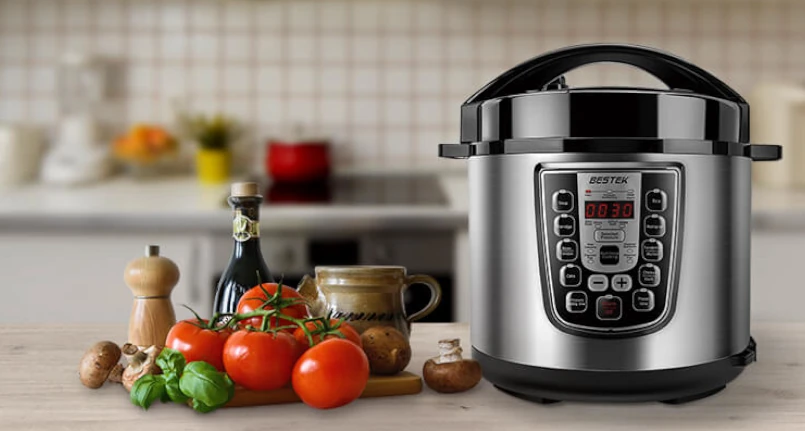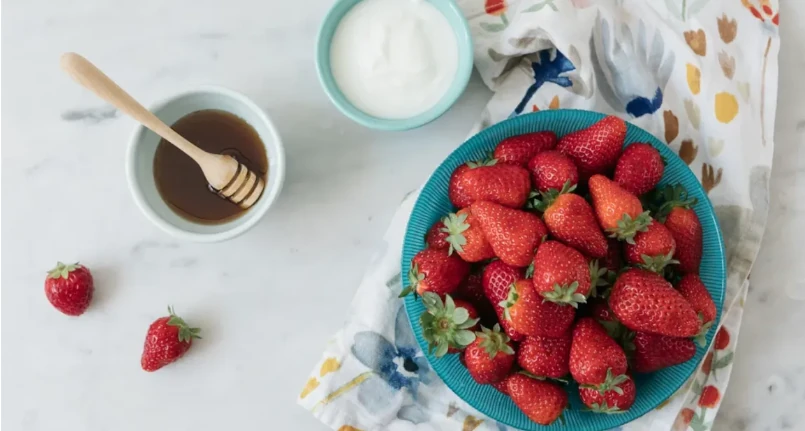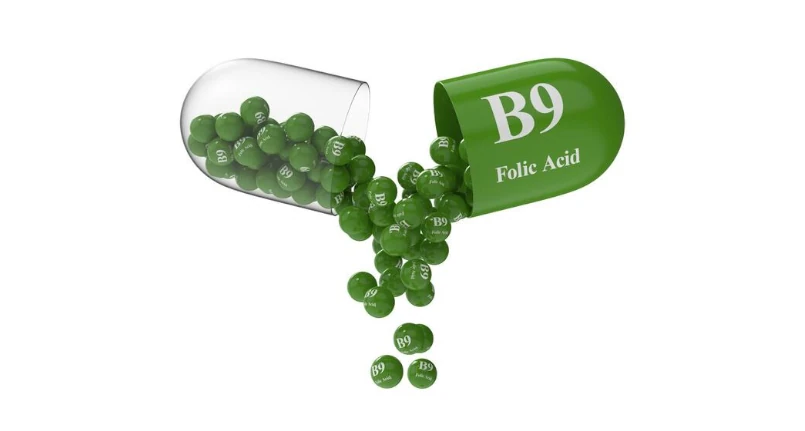Introduction
The pressure cooker, in view of the increases in gas and electricity bills, could be a valid remedy : it cooks food in about half the time, thus saving on gas or electricity. This is due to the cooking itself, with steam, obtained from the pressure which allows the water to boil at 120-130 degrees, halving the food cooking times .
Pressure cooker: what it is and how it works
The pressure cooker was invented in the 17th century by the French physicist and mathematician Denis Papin. She was called a digesteur but was unsuccessful. From that moment it was perfected, modified and underwent significant constructive evolutions. In the mid-70s in Italy there was a wide diffusion of the cooking method, which then went into disuse and is now back in vogue precisely because of the savings in time and consumption it guarantees.
The pressure cooker looks like a traditional pot, aesthetically. It has an airtight closure , and is usually made of stainless steel or aluminum , with a cast steel bottom, equipped with a lid with an operating valve and a safety valve . The increase in the pressure levels corresponds to that of the boiling temperature of the liquid inserted such as water, oil, broth , tomato . etc. The cooking method itself ensures that the food cooks in half the time and the nutritional values are preserved .
It is used in this way: always insert a quantity of water or other liquid (it varies according to the food to be cooked, usually ranging from 250 ml up to ⅔ of the pot capacity). After inserting the liquid, close the lid and start cooking over high heat. When the liquid starts to boil, and the pot has gone under pressure, the operating valve will emit a whistle which indicates the time to lower the heat to a minimum. From this moment on, the cooking times indicated in the manual usually supplied are calculated. Turn off the heat, and let it rest for a few minutes before opening the lid.
Steam cooking?
Not only energy savings in the use of the pressure cooker, but also a healthy and beneficial cooking system . In the steam cooking system, the food comes into contact with water in its gaseous state and suffers fewer losses than in boiling. Using the typical perforated bottom basket that houses the food to be cooked, the heat reaches the food evenly. The water is placed on the bottom of the pot which evaporates by means of the flame and transmits the heat to the food.
The most suitable foods are: vegetables and cereals , potatoes , fish and meat .
Pressure cooker: savings in consumption
The pressure cooker could be a remedy against expensive bills because it halves the cooking times and therefore the consumption of gas or electricity . A pressure is generated in the saucepan which allows the water to boil at 120-130 degrees, halving the cooking times of food or even by 2/3 compared to the canonical minutes to prepare various dishes.
Do not cook in a pressure cooker if…
Do not put in the pressure cooker:
- sealed containers and jars: they risk bursting due to the high internal pressure
- food without liquid because the food would otherwise burn: under no circumstances can it be cooked dry but always with the addition of water, broth or other liquid in variable quantities depending on the quantity of food and the type of cooking desired
- foods wrapped in foil or other wrapping and then in foil
- do not add heat sensitive oils and therefore corn oil , soybean oil , sunflower seeds
Pros and cons
The pressure cooker has some pros and cons. Among the pros are:
- Ideal for prolonged cooking , such as legumes and cereals
- Speeds up cooking and saves time and energy
- While the dishes are cooking, you can devote yourself to other activities because you do not require attention or supervision at the stove
- More homogeneous distribution of heat and allows you to keep the cooking liquids inside
- Preserves taste, aromas and flavors from foods
- In case of long cooking times such as boiled meats, stews, etc., the times are halved
- Ideal for steam cooking
- Healthy cooking in preserving vitamins and minerals
- Reduces the amount of spices , salt and fat
- Improves the digestibility of some foods such as cereals and legumes
Among the cons of the pressure cooker, we find:
- Cost to purchase higher than traditional pans
- You can’t control what’s boiling in the pot , because of the lid
- Waiting a few minutes longer may result in overcooked food
- High temperatures can lead to the dispersion of thermolabile vitamins
- The pressure cooker does not brown or stew: roasted foods are obtained only over a high flame in a traditional pot
- Periodic maintenance is required .
Also pay attention to appliances that consume more energy .
Here are the new energy classes .




